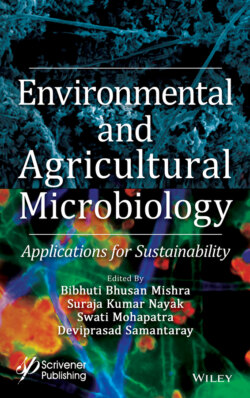Читать книгу Environmental and Agricultural Microbiology - Группа авторов - Страница 37
2.2.3 Toxicity to Animals
ОглавлениеPeople those are directly exposed to chromium show nasal irritation, perforation of the nasal septum, nasal ulcers, “chrome holes” [34], and hypersensitivity reactions in the skin. But some other cases reported that the normal people who are not practically exposed to chromium but ingested chromium through food and water show deposition of chromium in different organelles like kidney, adrenals, lungs, liver, spleen, plasma, bone marrow, and red blood cells in due to low pH of the stomach. Ingestion of Cr(VI) poses a significant carcinogenic risk because of the solubility of particulate chromate at low pH which is weakly carcinogenic to the lungs [34]. Enduring exposure of low level of Cr(VI) between 4 and 25 ppm to skin can cause a long lasting sensitisation that leads allergic contact dermatitis (ACD) while 20 to 25ppm of Cr(VI) can cause inflammation, eczema, and open sores (ulcers) [35]. Similarly, there are some significant observations of Cr(VI) dusts exposure [36, 37]. According to these reports, inhalation of even only 2 μg of Cr(VI) dust leads irritation of nose, throat, and lungs along with respiratory inflammation, nosebleeds, ulceration, and perforation (holes) in the septum when come in contact with 0.09μg of Cr(VI). Some noteworthy observations were also documented in a group of women who were exposed to industrial chromium contamination showed irregularity in menstruation cycle, birth complications, and increases in post-birth haemorrhage [38, 39]. A remarkable study revealed that symptoms like mouth sores, diarrhoea, stomach pains, indigestion, vomiting, and higher levels of white blood cells were found when a group of individuals were exposed to approximately in drinking water that contaminated by a ferrochrome plant [40]. According to the survey of US EPA (Environment Protection Agency) in 1998, it was observed that the contamination of drinking water with 20,000 μg L−1 of Cr(VI) caused many diseases like mouth sores, vomiting, indigestion and diarrhoea [41]. Men exposed to chromium released from welding fumes exhibited toxicity in testes and blood, increased semen abnormalities, and reduced sperm concentrations [42]. It has explained when adult female rats take Cr(VI) contaminated drinking water; it is found to be toxic to the ovaries. It damages the ovarian tissues, reduces the number of follicles and ovum which ultimately, increases the chances of infertility. In mice, it has been observed that Cr(VI) is toxic to foetus, embryos (250, 500, and 750 mg L−1) and also increases skeletal abnormalities (250 and 500 mg L−1) [43]. Cr(VI) concentrations at 100, 200, and 400 mg L−1 was found to be toxic to reproductive organs, changed endocrine organ weight, testis enzymes levels and sperms when given to male monkeys through drinking water [44, 45].
The summary of hexavalent chromium effects optimistically made us to find out a significant bio-remediating agent to convert it to non-toxic form which would be cost-effective, easily available, and without any side effects. Herein, we can deliberate the microbes as an alternative of chemical agents. Numbers of reports are proposed basing upon the chromium removal strategy with strains of bacteria, fungi, virus, microalgae, and seaweeds. But in this present piece of work, emphasis has been given on microalgae as a potent source of bioremediation.
